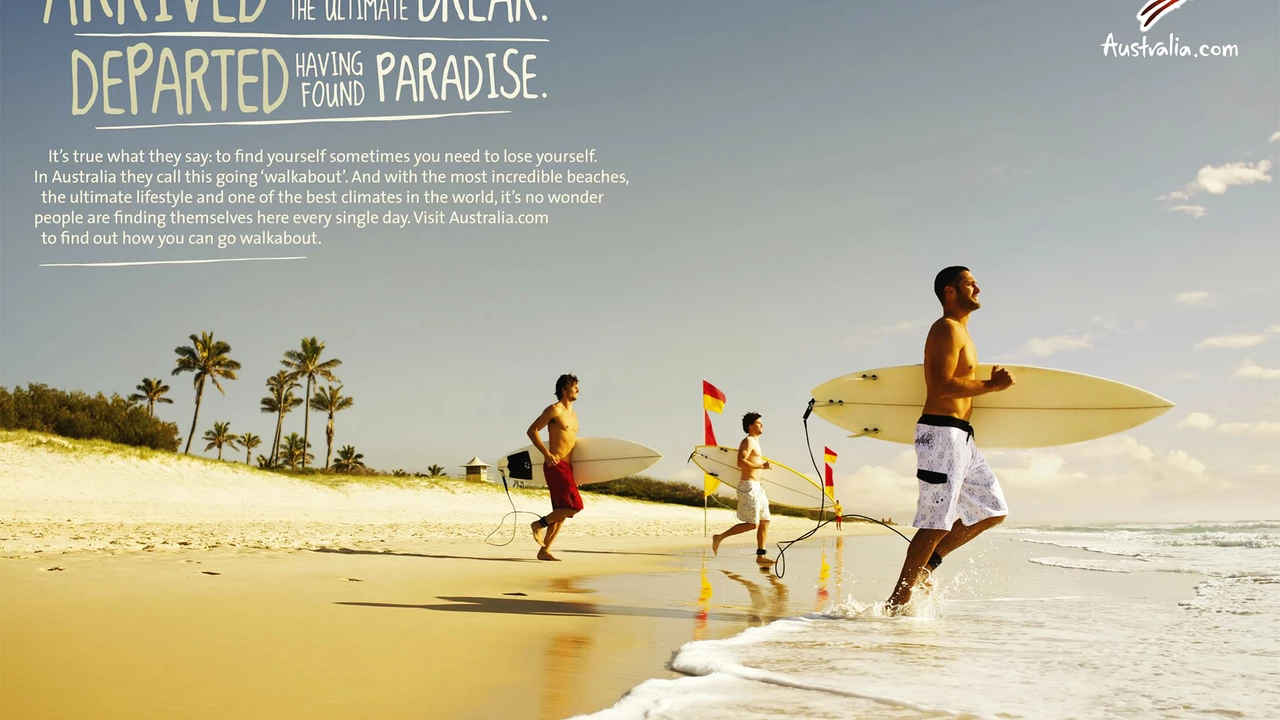Evolution of Beach Tourism: From Simple Sunbathing to a Global Industry
Did you ever wonder why a beach holiday feels so different now than it did a century ago? The answer lies in a mix of travel tech, lifestyle shifts, and new beach activities. Let’s walk through the biggest changes that turned a quiet shore into a world‑wide attraction.
Early Days: Sun, Sea, and Simple Strolls
In the 1800s, beaches were mostly for locals or the wealthy who could afford a carriage ride to the coast. The focus was on fresh air and taking a dip to beat the heat. No fancy resorts, just sand, surf, and a few wooden benches. Because travel was slow, visitors stayed for a few days at most, and the impact on the local economy was tiny.
When the railway boom hit Europe and North America, something clicked. Trains made coastal towns reachable in a single day, and suddenly weekend trips became a thing. Small hotels popped up, and the first postcards showed smiling families on golden shores. That era marked the birth of the “beach holiday” as a regular pastime.
Mid‑20th Century: Mass Travel and the Rise of the Resort
Fast forward to the 1950s and 60s. Commercial airlines took off, and suddenly you could fly from London to Miami in less than a day. The concept of a “package holiday” exploded—airfare, accommodation, and meals sold together at a low price. Beach resorts grew tall, offering everything from swimming pools to on‑site entertainment.
At the same time, water sports became a selling point. Surfing, windsurfing, and even organized swimming events drew crowds seeking more than just a sunbathe. Posts like “What is better the beach or a swimming pool?” show how people started comparing experiences, pushing beaches to add amenities like lifeguard stations, beach bars, and rental shops.
These changes turned coastal towns into job hubs. Local fishers turned into tour guides, and tiny villages transformed into bustling tourist spots.
Today: Experience‑Driven, Sustainable, and Digital
Now the beach market is all about experience. Travelers look for Instagram‑ready sunsets, eco‑friendly stays, and unique activities—think night snorkeling, beach yoga, or guided marine‑life tours. Digital platforms let you book a beachfront cabin in minutes, read reviews, and even check real‑time tide charts.
At the same time, sustainability is no longer optional. Visitors demand clean water, protected dunes, and policies that limit over‑development. Many destinations now charge a small “beach tax” that funds clean‑up crews and dune restoration.
Technology also changes how we enjoy the shore. Apps track your swim distance, recommend the best spot for a paddleboard, or alert you when a beach reaches capacity. This data‑driven approach helps manage crowds and keeps the environment healthier.
The future will likely blend virtual and real experiences. Imagine a VR preview of a hidden cove before you book, or AI‑guided tours that explain marine ecosystems as you walk. Whatever comes next, the core appeal remains the same: the simple joy of feeling sand between your toes and water on your skin.
So whether you’re planning a quick weekend getaway or a multi‑week coastal road trip, remembering where beach tourism started helps you appreciate the value of each wave, each sunset, and every local smile.
